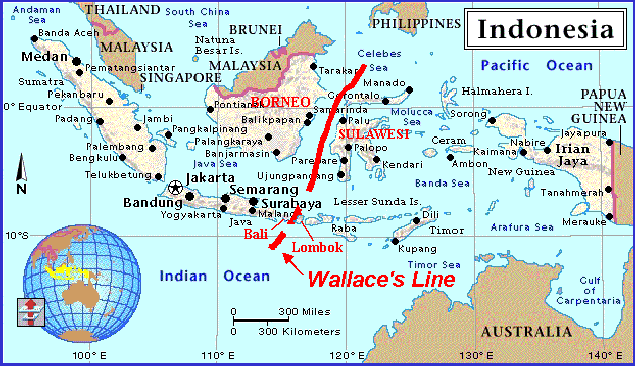WASHINGTON (AP) — Changing wind patterns linked to global warming are altering the food chain in Antarctica and may lead to further increases in greenhouse gases in the atmosphere.
The most basic food, plankton, is declining in the northern portions of the Antarctic peninsula reaching toward South America, researchers report in Friday's edition of the journal Science.
At the same time, populations of Adelie penguins, who require a colder climate, have dropped sharply in that region, while warmer-weather chin-strap penguins have increased.
"We're showing for the first time that there is an ongoing change on phytoplankton concentration and composition along the western shelf of the Antarctic Peninsula that is associated with a long-term climate modification. These phytoplankton changes may explain in part the observed decline of some penguin populations," Martin Montes-Hugo, a marine scientist at Rutgers University, said in a statement.
The change reflects shifting patterns of cloud cover, ice formation and winds, the report said.
A separate report in the same edition of Science raises the possibility that new wind patterns could result in more upwelling of deep water in the region, which would then release stored carbon dioxide, potentially increasing global warming.
"The faster the ocean turns over, the more deep water rises to the surface to release CO2," said Robert Anderson, a geochemist at Columbia University's Lamont-Doherty Earth Observatory. "It's this rate of overturning that regulates CO2 in the atmosphere."
Story courtesy of AP and Google News @
http://www.google.com/hostednews/ap/article/ALeqM5iVa3hcGutIHcqdyurJaN9RZeyGrwD96SKS480








No comments:
Post a Comment